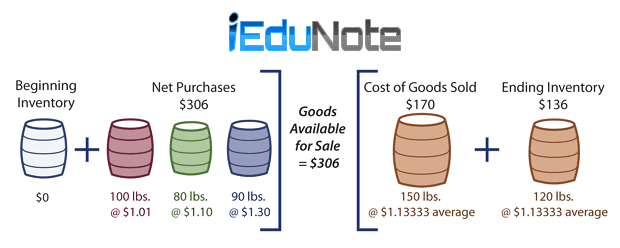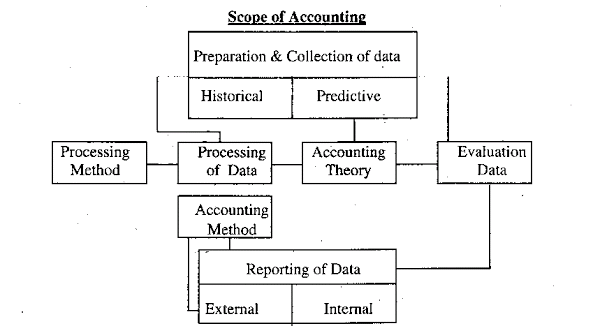Footnotes to the financial statements refer to additional information provided in a company’s financial statements. Financial statements footnotes describe left out items of the balance sheet and income statement; which have a significant impact on the companies profitability and operations.
Notes to financial statements are those footnote at the bottom of the financial statement.
These footnotes contain significant information on vital things such as; accounting methodologies used for recording and reporting transactions, pension plan details, and stock option compensation information.
Footnotes to the financial statements;
- refer to additional information provided in a company’s financial statements.
- Describe the items that are left out of the balance sheet and income statement.
- It helps to clarify they would cloud the data reported in the financial statements.
- May also include information regarding future activities that are anticipated to have a notable impact on the business or its activities.
For example;
Descriptions of upcoming new product releases or a potential product recall; in international accounting standard – 1, it is stated that a detailed explanation of each item of accounts of the financial statements is to be stated.
That is,
in this respect principles adopted in preparing companies accounts, the basis on which transactions have been arranged and accounted for, and disclosure of all information are to be taken into consideration.
Notes to the financial statements of a company are shown in 3 groups;
- Structural,
- Adopted principles,
- Other related affairs.
Structural
This part includes the following methods:
- On what basis the financial statements are prepared and what principles have been adopted in maintaining accounts of transactions are to be stated clearly.
- It is to be narrated clearly whether accounting standards have property been followed in preparing financial statements.
- The additional information regarding the matters which have been ignored in preparing financial statements is to be stated.
Notes to the financial statements are to be presented in order so that relationships among income statements, balance sheets, and cash flow are indicated.
Notes present assertive and analytical information regarding financial statements.
A detailed discussion is made on items exhibited in the balance sheet, income statement, cash flow, and statement of changing capital. Besides, it also presents information regarding probable matters.
Moreover,
it presents the matters which have been encouraged by accounting standards for transparency purpose.
The notes are presented in such a way that the matters relating to financial statements are easily understandable in comparison with those of other companies.
With this end in view these include:
- How far the accounting standard has been adopted.
- The followed principles of accounting and measuring methods.
- The helping information of the accounting items presented in financial statements.
- Other matters such as contingent liabilities, detailed disclosure of financial and non- financial matters.
In some cases, it is noted that the arrangement of notes differs in succession.
For example,
The rate of interest on investments and adjustment of the principal amount of investment each is applicable for income statements and balance sheets.
But it is said that the basis of financial statements and adopted principles of accounting are two separate issues.
Preparation of adopted principles of accounting
In this case, the matters which are considered are;
- The basis of preparation of financial statements.
- The accounting principles adopted in the preparation of financial statements. Besides, for their easy understanding of the information regarding who has used and analyzed the methods which have been adopted in measuring money with its historical cost, current cost, realization cost, or present cost should be stated in detail. Besides, methods adopted in case of;
- earning a profit
- the
- the merger of business
- the joint venture
- depreciation or write off of assets
- loan
- contract of construction
- investment
- financial documents
- research and development cost
- inventory
- income tax
- reserve
- employee’s benefit expense
- foreign exchange
- business and geographical affairs
- cash and cash equivalent
- overvaluation
- government contribution
- the lease is to be taken into consideration.
Other matters
In preparation of financial statements, the business organizations will also have to mention the following matters if not stated otherwise:
- Size of company, legal entity, its structure, registration, address, and any other place where a business is run or registered.
- Business activities of the company and detailed information regarding the expansion of the business.
- Source of the company, source of the entire group of companies, information regarding the company.
- Some employees in a year or a particular period.
In the practical field, an accountant presents the explanations and analysis of financial statements through notes.

